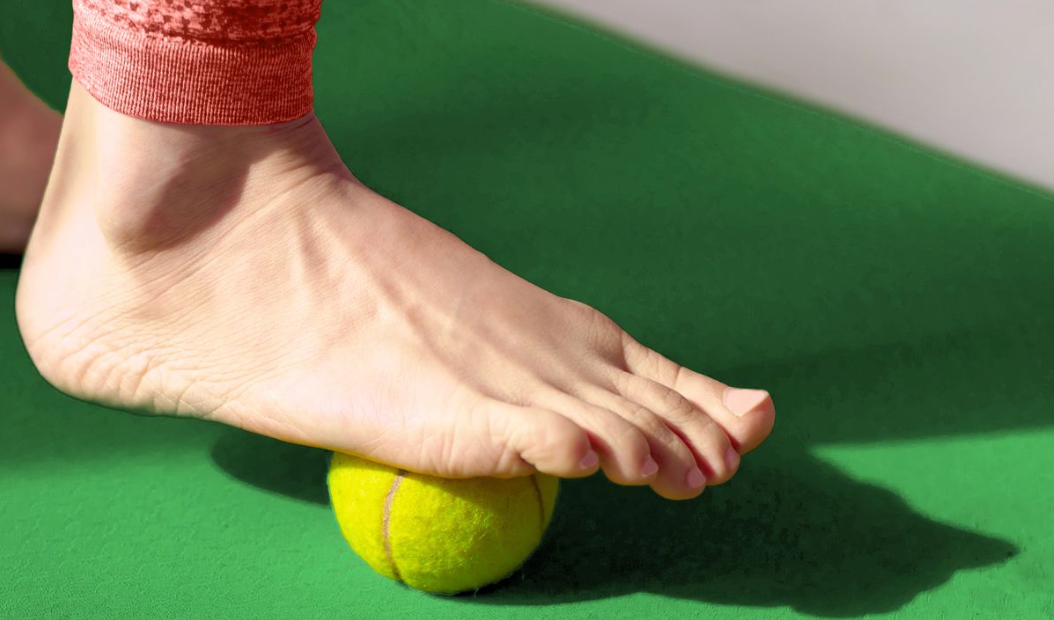Understanding the Anatomy of Feet Joints
The human foot is a marvel of engineering, composed of numerous bones, joints, tendons, and ligaments. Understanding the anatomy of foot joints is essential for maintaining healthy feet and preventing conditions such as arthritis, plantar fasciitis, and other joint-related issues.
This article explores the key components that make up the foot, with a focus on the various joints, bones, and connective tissues. We also highlight common problems that can affect these structures and how to maintain optimal foot health.
Foot Joints: Key Connectors
Foot mobility depends on various joints that allow movement, shock absorption, and stability:
Subtalar Joint
Situated between the talus and calcaneus, this joint facilitates side-to-side foot movement, helpful for adapting to uneven terrain.
Midtarsal Joint
Involving the talus, calcaneus, navicular, and cuboid bones, this joint enhances the foot’s adaptability and balance.
Metatarsophalangeal Joints
Found between the metatarsals and toe bones, these joints help with toe flexibility during walking and running.
Tendons and Ligaments: Supporting Structures
The foot’s tendons and ligaments are essential for motion and structural integrity.
Tendons
These connect muscles to bones. The Achilles tendon is the most prominent in the foot, linking the calf muscles to the heel and facilitating walking and jumping.
Ligaments
Ligaments connect bones to other bones. The plantar fasciitis is a critical ligament that runs along the sole, supporting the foot’s arch and absorbing shock.
At DiabeticShoe.in, we recognize the importance of foot structure and design diabetic footwear that supports tendons and ligaments—especially the plantar fascia—reducing stress and discomfort for sensitive feet.
Common Foot Problems and Conditions
Knowledge of foot anatomy helps in recognizing and managing many common issues:
Arthritis Foot Pain
Arthritis can target any joint, including those in the feet, causing swelling, stiffness, and pain. Osteoarthritis and rheumatoid arthritis are most common.
Plantar Fasciitis
Inflammation of the plantar fascia ligament, often causing sharp heel pain, particularly during the first steps in the morning.
Bunions
A deformity where a bony bump develops at the base of the big toe, usually worsened by ill-fitting footwear
.
Our range at DiabeticShoe.in includes footwear with wide toe boxes and arch support to ease bunion and plantar fascia discomfort—crucial for diabetic foot care.
Maintaining Foot Health
To protect the joints and soft tissues in your feet, consider the following steps:
Proper Footwear
Wear shoes that provide arch support, cushioning, and a wide fit. Avoid heels and pointed shoes to prevent joint misalignment.
Regular Exercise
Engage in gentle foot-strengthening exercises, such as toe stretches and heel lifts, to maintain flexibility and joint mobility.
Maintain a Healthy Weight
Excess weight places additional pressure on the feet, increasing the risk of joint pain and foot deformities.
Regular Check-Ups
See a podiatrist for periodic foot evaluations, especially if you experience pain, have diabetes, or notice changes in foot shape or sensitivity.

At DiabeticShoe.in, our specially designed footwear is ideal for maintaining daily foot comfort, especially for individuals managing diabetes or arthritis. Our products reduce pressure points, prevent injury, and enhance support.
Keep Them Strong, Keep Them Moving
The anatomy of the foot is a beautiful balance of structure and movement. Its bones, joints, tendons, and ligaments work in harmony to support everything from simple steps to complex motions. By learning about these intricate systems and investing in proper care—especially with foot-friendly products like those from DiabeticShoe.in—you set the foundation for lifelong mobility and comfort.








